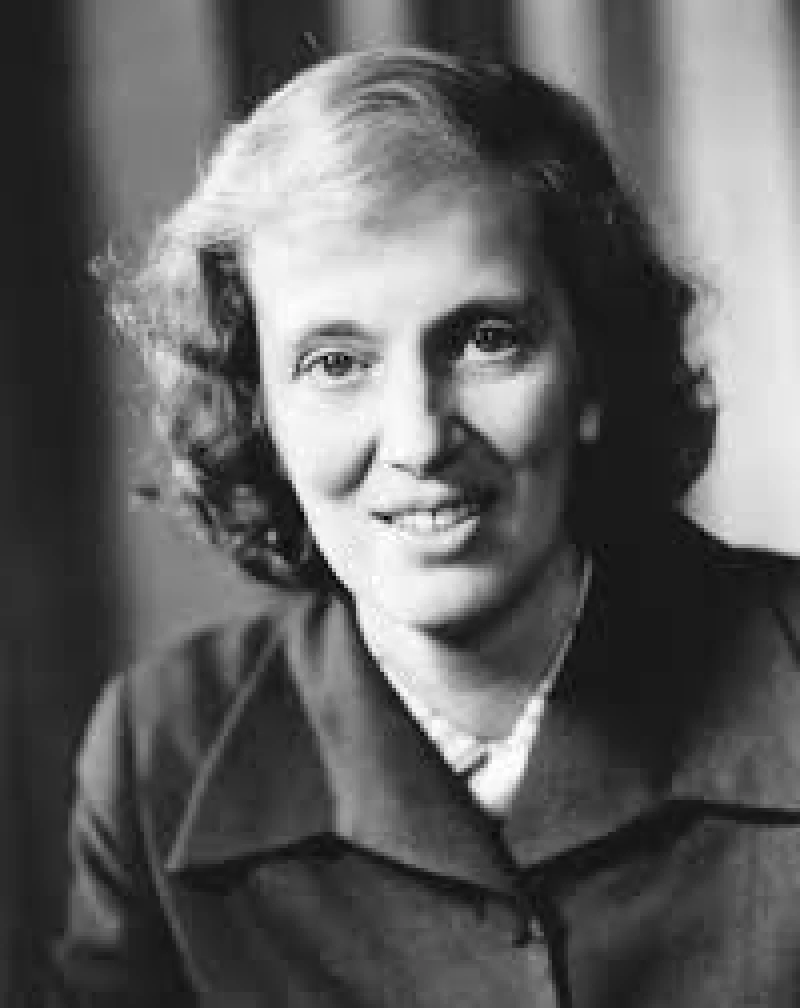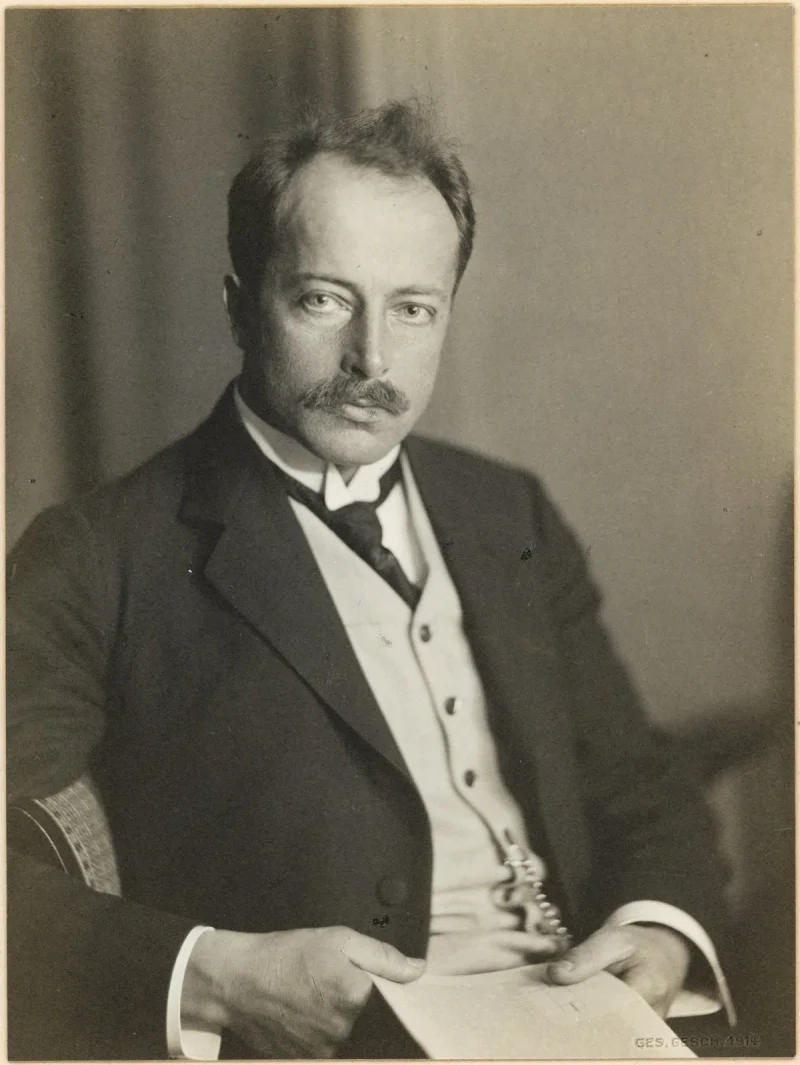Short Summary
Dorothy Hodgkin was a pioneering British chemist who made groundbreaking contributions to the field of X-ray crystallography. Her work led to the determination of the three-dimensional structures of important biochemical substances, including penicillin and vitamin B12. She is best known for being awarded the Nobel Prize in Chemistry in 1964. Hodgkin's research had a profound impact on both the scientific community and pharmaceutical industry, cementing her legacy as one of the most influential scientists of the 20th century.
Early Life & Education
Dorothy Mary Crowfoot was born on May 12, 1910, in Cairo, Egypt, where her father worked in the colonial education service. She spent much of her childhood in England under the care of relatives while her parents were away. Dorothy developed an early interest in chemistry, influenced by her mother’s scientific pursuits and the gift of a chemistry set from her parents. She attended Somerville College, Oxford, where she studied chemistry and was inspired by the emerging field of X-ray crystallography. After completing her undergraduate degree, she pursued doctoral studies at Newnham College, Cambridge, under the supervision of J.D. Bernal, a pioneer in the field.
Career Highlights
After completing her doctoral studies, Dorothy Hodgkin returned to Oxford, where she began her illustrious career in crystallography. In the 1930s and 1940s, she made significant advances in the field, notably by elucidating the structure of penicillin during World War II. Her work on vitamin B12 in the 1950s was particularly groundbreaking, earning her the Nobel Prize in Chemistry in 1964. Hodgkin continued to make substantial contributions to structural biology, including her work on the insulin molecule, which had lasting implications for medical science. Her career was marked by a dedication to scientific discovery and a commitment to inspiring future generations of researchers.
Major Achievements
- Determined the structure of penicillin, revolutionizing antibiotic research.
- Elucidated the structure of vitamin B12, earning her the Nobel Prize in Chemistry in 1964.
- Pioneered the use of X-ray crystallography to uncover the structures of complex biological molecules.
- Conducted groundbreaking research on the structure of insulin, impacting diabetes treatment.
Famous Quotes
- "I was captured for life by chemistry and by crystals."
- "Chemistry is not just a subject, it is an adventure."
Interesting Facts
- Dorothy Hodgkin was the only British woman to win a Nobel Prize in a scientific field in the 20th century.
- She was a close friend of Prime Minister Margaret Thatcher, who also studied chemistry at Oxford.
- Hodgkin was a strong advocate for peace and international cooperation in science.
- She was known for her humble demeanor despite her significant achievements.
Legacy / Influence
Dorothy Hodgkin's pioneering work in X-ray crystallography laid the foundation for modern structural biology and biochemistry. Her elucidation of complex biochemical structures has had lasting implications for drug development and medical research. Hodgkin's legacy is evident in the countless scientists she inspired and the advancements in medicine that her work enabled. Her contributions continue to influence scientific inquiry and innovation.
FAQ
Q: Why is Dorothy Hodgkin famous?
A: She is famous for her groundbreaking work in X-ray crystallography and for winning the Nobel Prize in Chemistry for determining the structure of vitamin B12.
Q: What was her major scientific contribution?
A: Her major contributions include determining the structures of penicillin, vitamin B12, and insulin.
Q: Did she influence any major fields?
A: Yes, her work significantly influenced the fields of chemistry, biochemistry, and medicine.
Q: Was she involved in any social causes?
A: Yes, she was an advocate for peace and international scientific cooperation.










